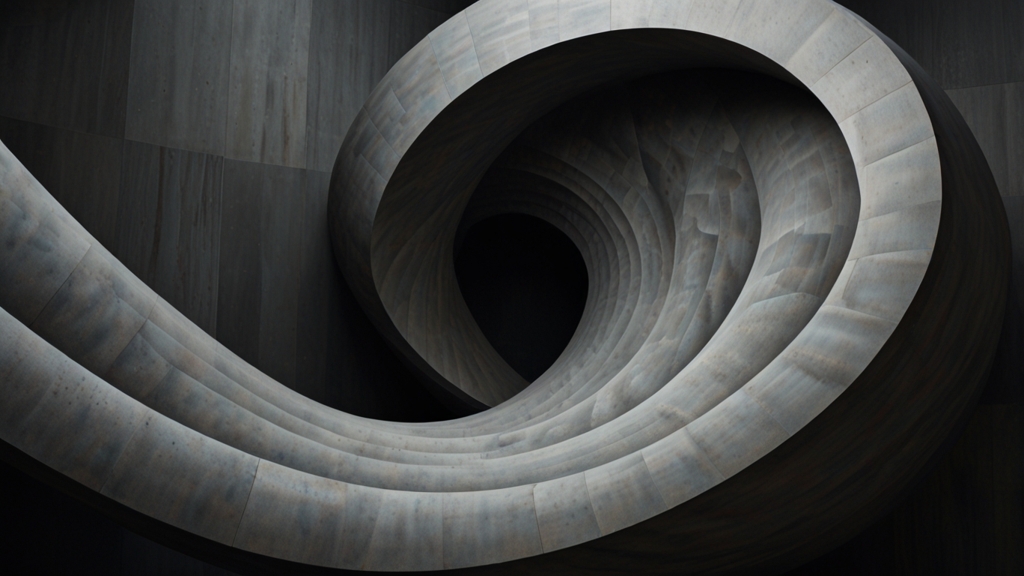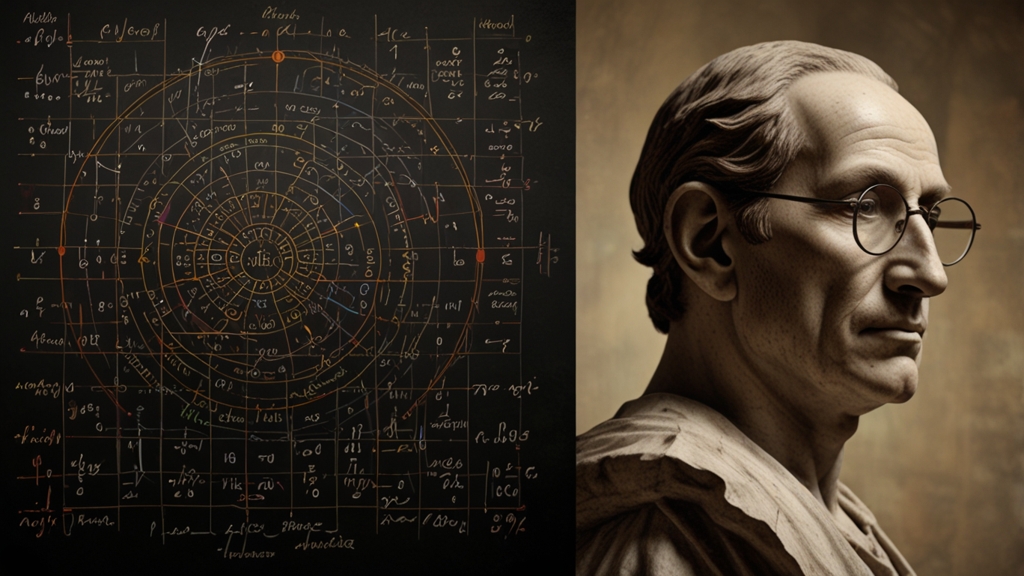Shape-Shifting Mysteries: The Allure of Geometric Curves
Geometric curves have fascinated humanity for centuries, from the elegant arcs of ancient architecture to the complex algorithms driving modern design. The intersection of art, mathematics, and nature in these flowing forms creates an allure that is as enigmatic as it is beautiful. The study of geometric curves not only unveils the hidden patterns of the universe but also fuels innovation in technology and creativity in the arts.
The Beginnings of Geometric Curves
Historically, geometric curves have been a topic of great interest and significance. The ancient Greeks were pioneers in this field, with mathematicians like Euclid and Archimedes laying the foundational work for understanding curves. The Greeks were captivated by the purity of geometric forms and their implications in constructing the world around us. They explored conic sections—ellipse, parabola, and hyperbola—which later found practical application in fields such as astronomy and optics.
"Geometry is the archetype of the beauty of the world." - Johannes Kepler
The Mathematical Beauty of Curves
Fast forward to the Renaissance, and you see a renewed interest in the mathematical description of curves. This period brought forward figures like Leonardo da Vinci and Galileo Galilei, who leveraged the power of curves in their scientific and artistic endeavors. The pursuit of understanding these shapes led to the development of calculus by Newton and Leibniz, providing a powerful tool to describe curves in motion—a leap that revolutionized physics and engineering.
The fascination with curves isn’t just limited to academia; they have practical applications everywhere. Circular arcs are fundamental in designing wheels, gears, and other rotating machinery. Parabolic curves are essential in satellite dishes and telescopes to focus waves to a single point. Even the sine and cosine functions, which describe oscillating curves, are crucial in wave mechanics, sound engineering, and electrical signal processing.
Curves in Modern Technology and Art
In today's world, the use of geometric curves transcends physical boundaries and has become pivotal in digital realms. In computer graphics, Bézier curves enable the smooth representation of shapes and edges in digital imagery. These curves, defined by mathematical control points, allow graphic designers to create scalable vector graphics that maintain their integrity at any size.
Moreover, the principles of geometric curves influence algorithms in data science and machine learning. For example, logistic regression makes use of the sigmoid curve to model the probability of binary outcomes. This curve's S-shape is a cornerstone in statistical modeling, particularly in fields like finance and healthcare.
"Pure mathematics is, in its way, the poetry of logical ideas." - Albert Einstein
Aesthetic and Natural Inspirations
Beyond their technical applications, geometric curves have always been a vital source of aesthetic inspiration. In nature, curves are omnipresent—think of the spirals in galaxies, the curvature of a rainbow, or the sleek trajectory of a dolphin’s leap. These naturally occurring curves are not just beautiful but also follow specific mathematical properties, such as the Fibonacci sequence in shells and hurricanes or the parabolic arc of a fountain’s water.
The application of these naturally inspired curves can be seen in modern architecture and design. The Guggenheim Museum, with its spiraled ramps, or the undulating form of the Sydney Opera House, exemplify how geometric curves bring fluidity and dynamism to structures.
The Unending Exploration
The allure of geometric curves is not solely confined to their visual appeal or practical applications. They challenge our cognition, inviting us to explore deeper connections within the universe. Each curve represents a solved mystery and simultaneously an invitation to unravel more. As technology advances, so does our capacity to understand and utilize these elegant forms.
Whether through mathematical inquiry, architectural design, or digital illustration, geometric curves continuously kindle the human spirit's creativity and curiosity. The mysteries they hold and the avenues they open are a testament to their perpetual allure—a pursuit that promises to shape-shift endlessly.
"The curves of your lips rewrite history." - Oscar Wilde
In a world that constantly evolves, the mysteries and attractions of geometric curves remain ever relevant, forever inviting us to see the beauty and complexity of the world through their elegant, shape-shifting forms.











